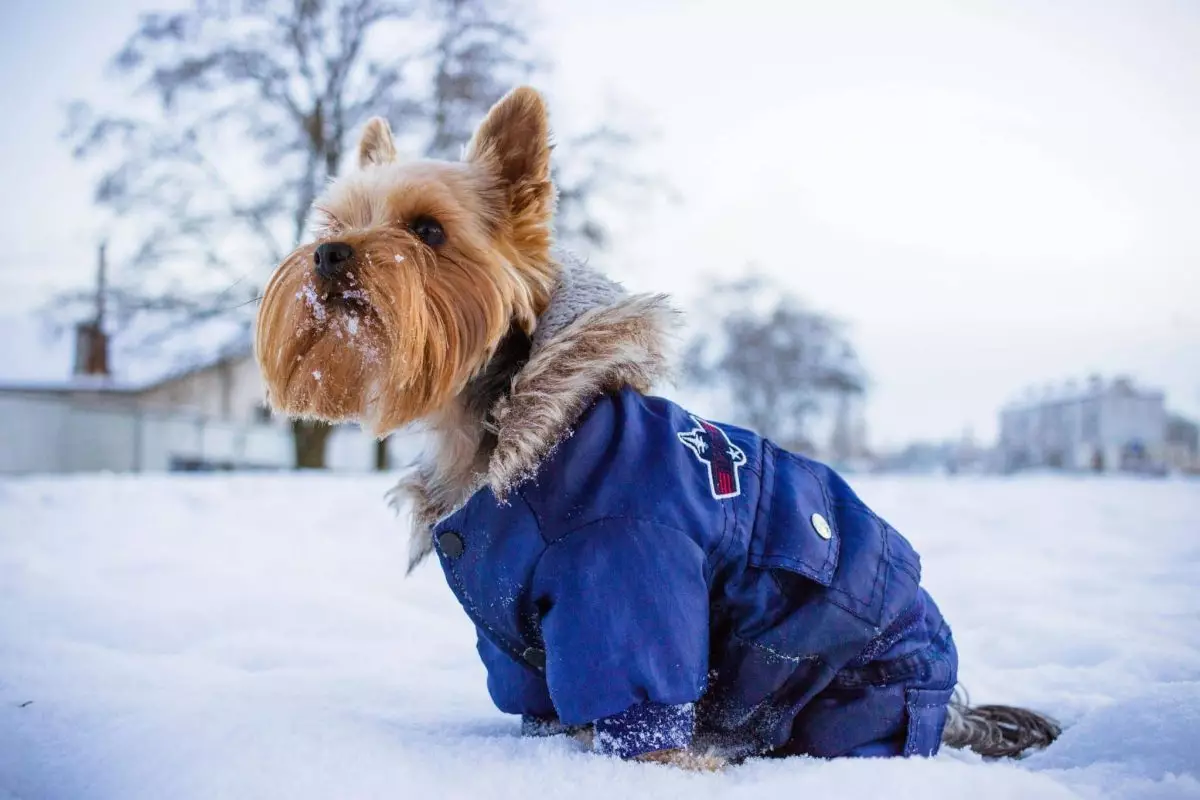As the temperature drops and winter sets in, protecting our canine companions becomes a priority. Dogs, much like humans, experience cold weather differently, with certain breeds being more vulnerable to the chill. Smaller breeds, short-haired dogs, puppies, and senior pets may not have the physical adaptations necessary to cope with cold environments. While they may not vocalize their discomfort, it’s our responsibility as pet owners to safeguard their health and elevate their comfort levels during these frosty months. With appropriate care and prepared measures, we can help our dogs enjoy winter while staying safe and warm.
One of the simplest and most effective ways to keep your dog warm is by dressing them appropriately. A well-fitted dog jacket can make a significant difference, particularly for those breeds that lack sufficient insulation due to short fur or minimal body fat. When shopping for dog outerwear, opt for jackets that offer both water resistance and insulation, covering vital areas like the back and chest without hindering movement. Just as humans layer clothing to fend off cold, dogs benefit significantly from a snugly insulated jacket, especially during extreme weather conditions. This apparel enables your dog to continue enjoying outdoor activities without succumbing to harsh winds or freezing rain.
When it comes to indoor comfort, a plush and warm dog bed is vital. Select a bed made from soft, insulating materials that can trap heat, particularly if your home has cold tile or hardwood floors. Enhance their sleeping arrangement with a few cozy blankets; this not only provides additional warmth but also creates a secure space for your pet to curl up and rest. If your dog frequently sleeps on an elevated bed, consider layering additional warmth underneath to counteract the chilly surfaces often found during winter months. A well-comforted environment allows your pet to retreat and relax, which is crucial during frigid weather.
While it’s important to keep your dog active, winter weather necessitates caution regarding their outdoor exposure. Prolonged cold can expose your dog to risks such as hypothermia and frostbite, especially for smaller or short-haired breeds. Instead of long, leisurely walks, opt for several short excursions, monitoring your dog for signs of discomfort. Remember, dogs may not recognize when they’ve grown too cold; therefore, it is essential to regulate their outside time and keep walks brief during periods of extreme chill.
Winter can be particularly harsh on a dog’s paws. Exposure to ice, snow, and salt can lead to severe irritation, cracking, and discomfort. To mitigate these issues, consider using protective booties or applying paw balm to safeguard their delicate pads. Booties serve as an effective barrier, keeping their paws dry and free from abrasions, while balms create a protective layer against irritants. If your dog resists wearing booties, a quick wipe down after walks will help remove any snow or salt that may cause irritation.
The cold winter air can leave your dog’s skin feeling parched and can lead to cracked paws. Incorporating a moisturizing routine can combat dryness effectively; seek out pet-safe moisturizers specifically formulated to avoid harmful ingredients. Regular moisturizing not only protects their skin but also enhances comfort. Additionally, be careful with grooming during winter – avoid excessive bathing, as it strips essential oils. If cleaning is needed between baths, using pet wipes can reduce dryness while maintaining cleanliness.
Weight management during the winter months takes on added importance as dogs may become less active. Adequate nutrition becomes crucial to ensure your dog has sufficient energy reserves to endure colder weather. While slight weight gain can provide extra insulation, be mindful of your dog’s overall health; obesity can lead to various health complications. Consulting with a veterinarian can offer insights tailored to your dog’s nutritional needs during winter.
Heated products, like heated beds and pads, can be a comfortable winter addition for your dog, particularly for older pets prone to arthritis. However, it’s essential to ensure that these items are safe and pet-specific to avoid overheating. Supervise your pet when using heated accessories to allow them the option to move away if they feel too hot.
Hydration should never be overlooked, even in winter. The dry winter air can easily lead to dehydration, so ensure your pet always has access to fresh water. Consider insulated or heated water bowls to prevent freezing, especially if your dog spends time outdoors. Staying hydrated will support their overall health and maintain energy levels throughout cold months.
Winter can be a magical time for dogs, filled with adventures in snow and fresh, crisp air. With proper preparation and care, we can help ensure they enjoy the season just as much as the snow does. So grab that cozy doggy jacket, monitor their outdoor time, and ensure they have a sumptuous place to rest. By implementing these simple strategies, you can guarantee your dog remains warm, safe, and happy all winter long!

